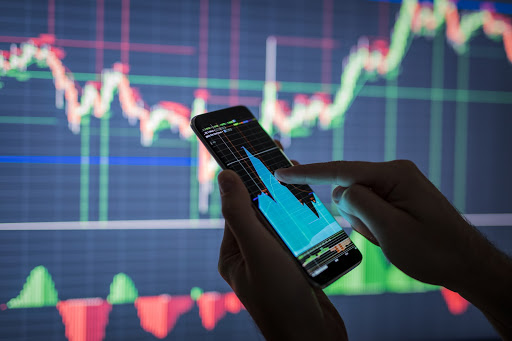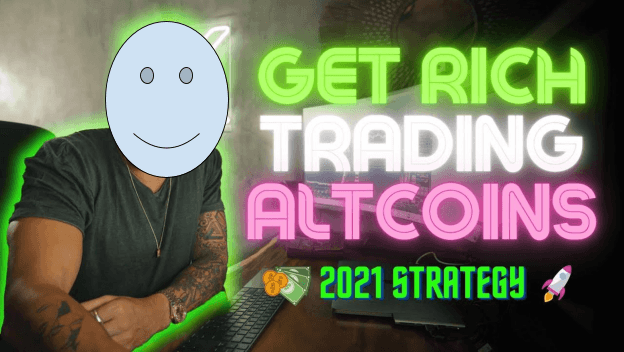The goal of a successful trader is to make the best trades. Money is secondary. – Alexander Elder
The idea raised in this quote is essential and often misunderstood. Defining a good trade isn’t by how much money is made or lost, it’s about having a plan and sticking to it.
The Good, The Bad, & The Ugly
Defining a good trade should be where a trader planned their trade, traded their plan, and managed their risk — those are all elements they can control. It should NOT be defined by the outcome.
A bad trade, on the other hand, is where a trader fails to follow their rules and executes trades against their better judgment. This is always going to be a bad trade even if it happens to be profitable.
This leads to the idea of Random Reinforcement, which is a rarely discussed reason that many traders fail.
Random Reinforcement
As defined by Investopedia, “Random Reinforcement” is:
Using arbitrary events to qualify (or disqualify) a hypothesis or idea; attributing skill or lack of skill to an outcome that is unsystematic in nature; finding support for positive or negative behaviors from outcomes that are inconsistent in nature—like the financial markets.
Markets have a tendency to reward bad habits, while concurrently punishing positive behaviors, especially with a small sample set. Let’s take a theoretical example to display this principle.
 Meet Bob
Meet Bob
Bob wants to leave his job and become a crypto trader. He sets aside some starting capital, follows the markets and the “big names” on Twitter. Upon noticing them talking about an altcoin, he opens the chart, and sees that price is rising fast. He buys, goes to take a shower, returns, and sells for a quick profit. He does this again before lunch and strings together a few successful trades. Bob starts to feel confident that he is a talented trader.
So what is the problem? Bob is trading without a system or a plan and is being fooled into believing that a successful outcome on a few random trades is indicative of likely success moving forward. The market has rewarded his bad behavior. We know how this story ends — Bob continues to make impulsive trades and eventually loses his capital.
 Sucked In
Sucked In
There is a flip side to this coin. Let’s say that Bob learns his lesson and spends months developing a trading plan, complete with risk management, proper portfolio allocations, and trading rules.
He identifies a trading opportunity that fits, takes the perfect entry, and… stops out of his trade. He tries again. And again. He loses 7 times in a row. The market is punishing Bob for his good behavior. Bob starts to doubt his system and takes a high-risk trade that violates his system — and is successful. To his surprise, he tries this a second time and also makes money. Bob is now back to square one, trading without a system because the market has rewarded his bad behavior.
Through random reinforcement, the market has re-conditioned the way Bob approaches trading by distracting him away from his trading plan. He has allowed himself to be manipulated into an impulsive, high-risk, revenge-based trading approach.
 It’s All About Control
It’s All About Control
Even if Bob makes money in the latter scenario, he has still taken a BAD TRADE.
The bottom line? Judge yourself by your process, not the results – you cannot control what price does after you take a trade. Defining a good trade comes down to how you handled what was in your control, not what was out of your control.
If you are ready to begin trading, start by learning the basics of RSI and Divergences.
